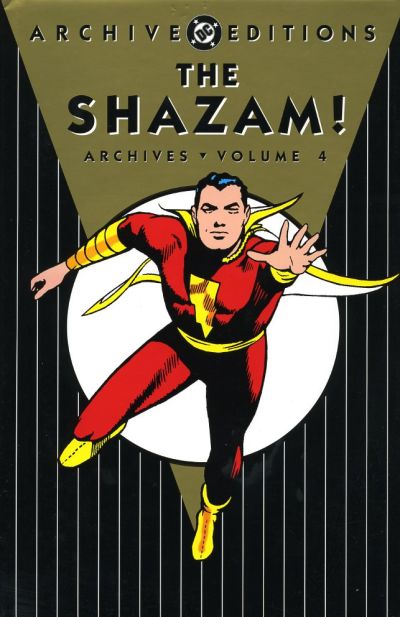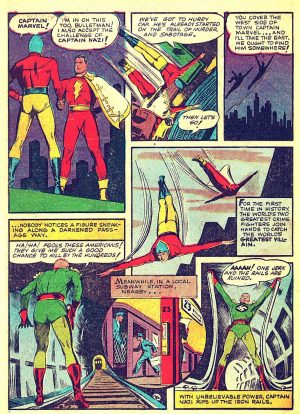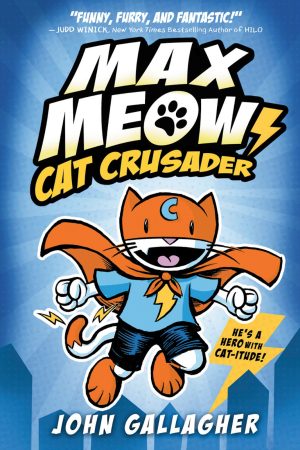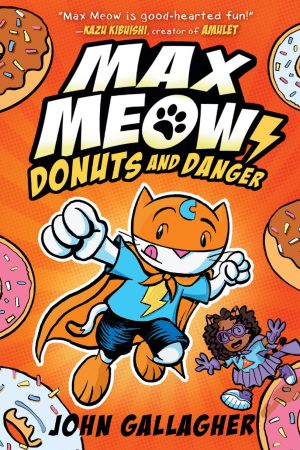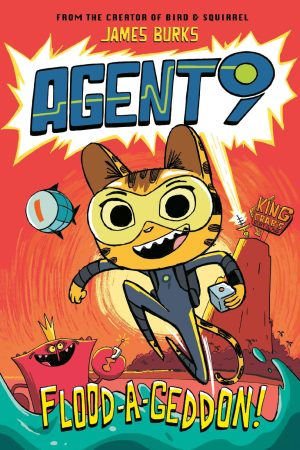Review by Win Wiacek
At the height of his 1940s popularity Captain Marvel outsold Superman and was even published twice-monthly, and continuing the chronological reprints from Volume 3 this final Archive edition spans him over a number of titles from late 1941 into mid-1942. While changes were gradually being introduced, Captain Marvel remains a grimly heroic figure, and the previous thinly-veiled saboteur and spy sagas finally give way to certainty, the Axis became the overarching threat of many comic heroes as America entered World War II. This tome re-presents some of the very best clashes between exactingly defined polar opposites.
The World’s Mightiest Mortal’s instant popularity somewhat caught publishers Fawcett by surprise. It’s likely Bill Parker continued to write what saw print in Whiz Comics, where C.C. Beck is the definitive artist. The adventures in his own title were from this point rapidly compiled by anonymous scripters under the guiding hand of veteran Jack Binder (whose brother Otto would soon become the assorted Marvels’ definitive scripter). His studio consisted of the man himself plus neophyte artists and recent graduates from Pratt Institute including young Bob Butts and Bill Ward, who drew the issues in a hurry, working from Beck and Parker’s style guides. By Captain Marvel Adventures 5 in 1942 Beck had assembled his own staff consisting of Pete Costanza, Marc Swayze, Pete Riss and Kurt Schaffenberger amongst others.
The crossover saga with Spy Smasher seen in Volume 2 was well enough received to prompt another teaming, this time teaming with Bulletman, assisted by his companion Bulletgirl, who was undoubtedly Fawcett’s second – if lesser – leading light. ‘The Coming of Captain Nazi’ by William Woolfolk and Mac Raboy has Hitler and his staff despatch their newest weapon – a literal übermensch – to spread terror and destruction in America and kill all its superheroes. The murdering braggart gets to work in New York City and soon Bulletman meets Captain Marvel as they both strive to stop the Fascist Fiend from wrecking the town and slaughtering innocents. The astounding battle is gracefully and immaculately rendered by Alex Raymond-inspired Raboy, yet only results in driving off the monster.
As the tale continues Captain Marvel Jr. is introduced. Young Freddy Freeman seems destined to follow his grandfather into eternity, but remorseful Billy takes the dying lad to Shazam’s mystic citadel where the old wizard saves the boy’s life by giving him access to the power of the ancient gods and heroes. Now he will live – albeit with a permanently maimed leg – and whenever he pronounces the phrase “Captain Marvel” he will become a super-powered invulnerable version of himself.
By today’s standards another character also stands out. Comedy sidekick Steamboat Bill is an appalling minority stereotype. After a rash of complaints, he was dropped and didn’t resurface when DC acquired the Fawcett properties and characters in 1973.
That apart, these magical tales again show why The Big Red Cheese was such an icon, and despite not yet fully settling into his less serious style his adventures retain their power, charm and excitement. Sadly, this luxurious reprint selection ends in early 1942, and beyond a few later reprints in the 1970s revival and compilations, most of Captain Marvel’s 1940s career remains unavailable in book form. Know where to look, though, and you can find them archived online.
